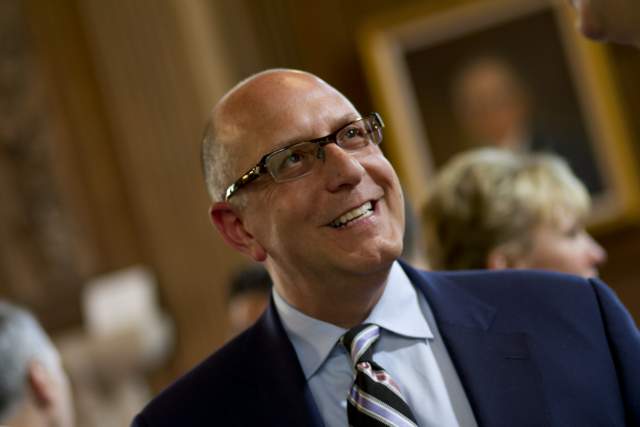When to Say Something
What Companies Need to Know about Engaging with Political Events and Sensitive Issues

Twitter is a dominant social media tool, but should only be used if a CEO or a company has a strong following on the platform.
Black Lives Matter. Immigration. Gun violence. There’s no shortage of important issues making headlines.
CEOs and companies are under intense pressure, maybe now more than ever, to take a stand. But should they? And what message should they convey?
Silence used to be a prudent and viable option. Until recently, most corporations practiced neutrality on controversial social issues, in fear of alienating some of their customers. Today, however, many employees and consumers—especially millennials—expect, and even sometimes demand, that corporate leaders speak up. Recent research found that 47 percent of millennials want CEOs to voice their opinions on important issues.
If done right, CEO activism can be incredibly effective with far-reaching influence that can translate to the bottom line. In fact, one study showed that around 51 percent of millennials are more likely to buy from companies led by activist CEOs.
Companies, however, should not speak out on everything that makes the front page. Here are some factors to consider about deciding when and how to take a stand.
Is the issue at hand connected to your company’s values?
As your True North, values are always important but especially so during challenging times. They should align directly to your mission and serve as guidelines for how your company and employees should behave. Values do not have to be complicated. In fact, they should be straightforward and simple. Uber has 14—that’s far too many.
A lot of companies, surprisingly, either do not have values, or have values that are too generic. If you don’t have values, how can you decide if an issue matters to your company? You can’t. Making tough decisions becomes a lot easier when you have them.
When Johnson & Johnson, for instance, recalled millions of bottles of Tylenol after several poisoning deaths in 1982, they did so based on their credo. For years, Johnson & Johnson has said that their primary responsibility was to serve and take care of consumers—the people who use their products every day. Management handled the Tylenol crisis so well that the overall perception of the company was actually strengthened by the crisis. Within three months, Johnson & Johnson regained 95 percent of its previous market share.
Companies have a better chance of success when taking a stand if they establish a narrative that connects the issue at hand to their values, employees, and customers.
What are the risks for your company?
Should executives and companies respond when news and current events provoke their employees and customers? The risks are different for every company and should be explored accordingly. In general, if the event is not connected to your company, does not align with your core values, and is high risk, do not engage.
In the last few years, Starbucks has made a series of high-risk moves. In 2015, the company aimed to spark a national conversation about race by having baristas write “Race Together” on cups. The reaction was hostile. The campaign was unaligned with the company’s values and an exceptionally high-risk, difficult topic. Executives at Starbucks, which has only two African Americans in its upper echelon, failed to anticipate the reaction that would follow when engaging in such a tense social issue.
On the flip side, Starbucks had more success with another high-risk topic—immigration—when the company said it would hire 10,000 refugees over the next five years in response to President Donald
Trump’s travel bans. This effort was well received, in part because it aligned with several of the company’s strategic values, including “everyone is welcome.”
How should your company communicate its message?
Once you’ve decided to engage, you need to choose the right channel. With so many channels and audiences, this can get confusing pretty quickly. Twitter, of course, is a dominant social media tool for sharing ideas, but it should only be used if a CEO or a company has a strong following on the platform. Social media is a great approach overall, but is really only as good as the relationships you have established and the connections you have in the networks.
Inside an organization, a company’s corporate communication team plays a valuable role in helping execute the strategy by nudging senior executives to participate when appropriate and giving them solid material to work with. Companies can get into trouble when they are inconsistent in their messaging, or when they expect their communication team to manufacture stories about them that aren’t true or are vague. Companies often say they want “to make more money” or “have more market share.” This might be true, but any company can say this. To be successful, a company’s strategy must be truly differentiated.
So, with a strong set of values that are broadly understood among employees, a clear strategy overall, and an understanding of the risks involved, any company can figure out when to speak up and when to say nothing, which is itself a communication strategy.
Paul Argenti is a professor of corporate communication at the Tuck School of Business at Dartmouth College. His recent research on social media extends his expertise in corporate communications, strategy formulation and execution, corporate reputation, and corporate social responsibility—issues on which he consults for corporations and nonprofit organizations. He teaches the core course Analysis for General Managers and the electives Corporate Communication and Corporate Responsibility.

